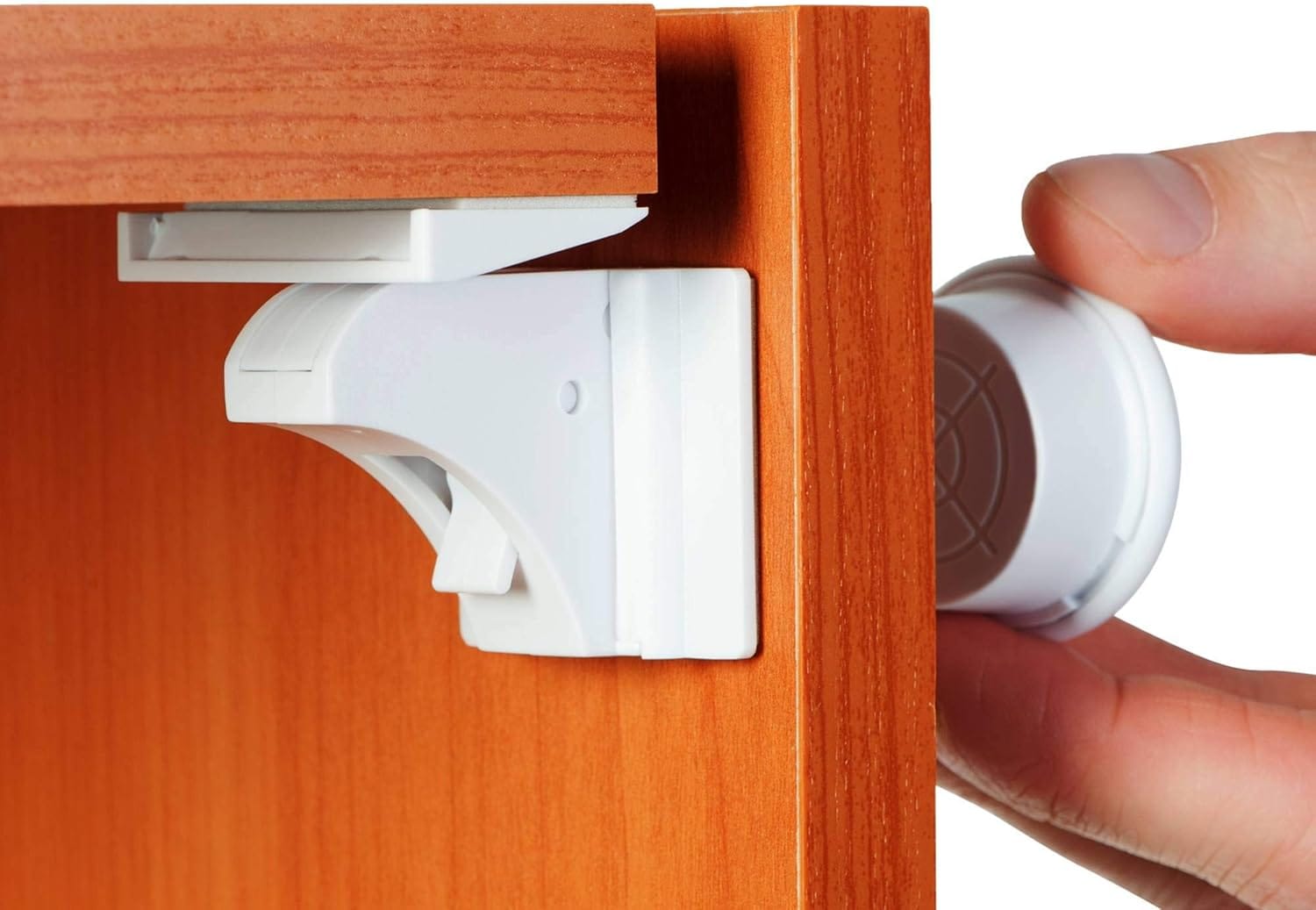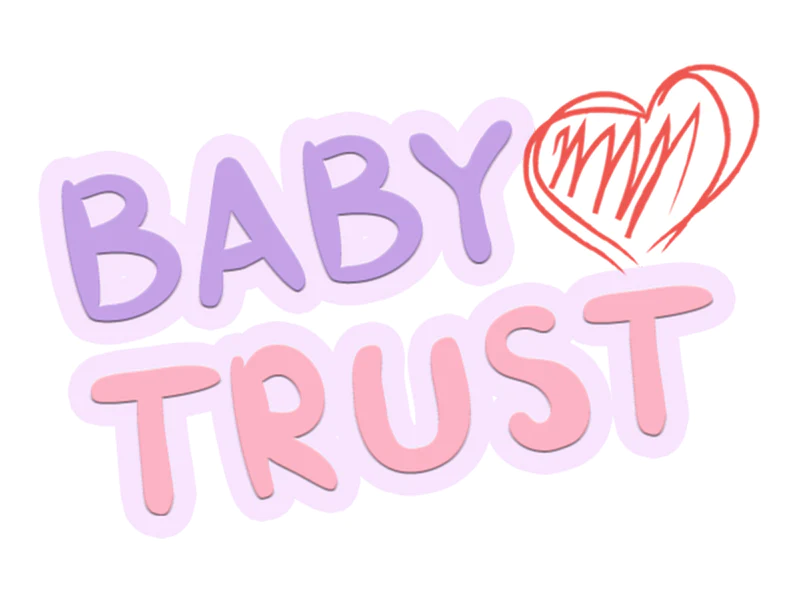10 Surprising Places You Forgot to Babyproof and How to Fix Them

When it comes to creating a safe environment for your little one, babyproofing is an essential step that every parent must undertake. While we take care of the obvious areas, several surprising places tend to slip through the cracks. This article delves into the top 10 overlooked areas for babyproofing and offers practical solutions to ensure comprehensive child safety within your home.
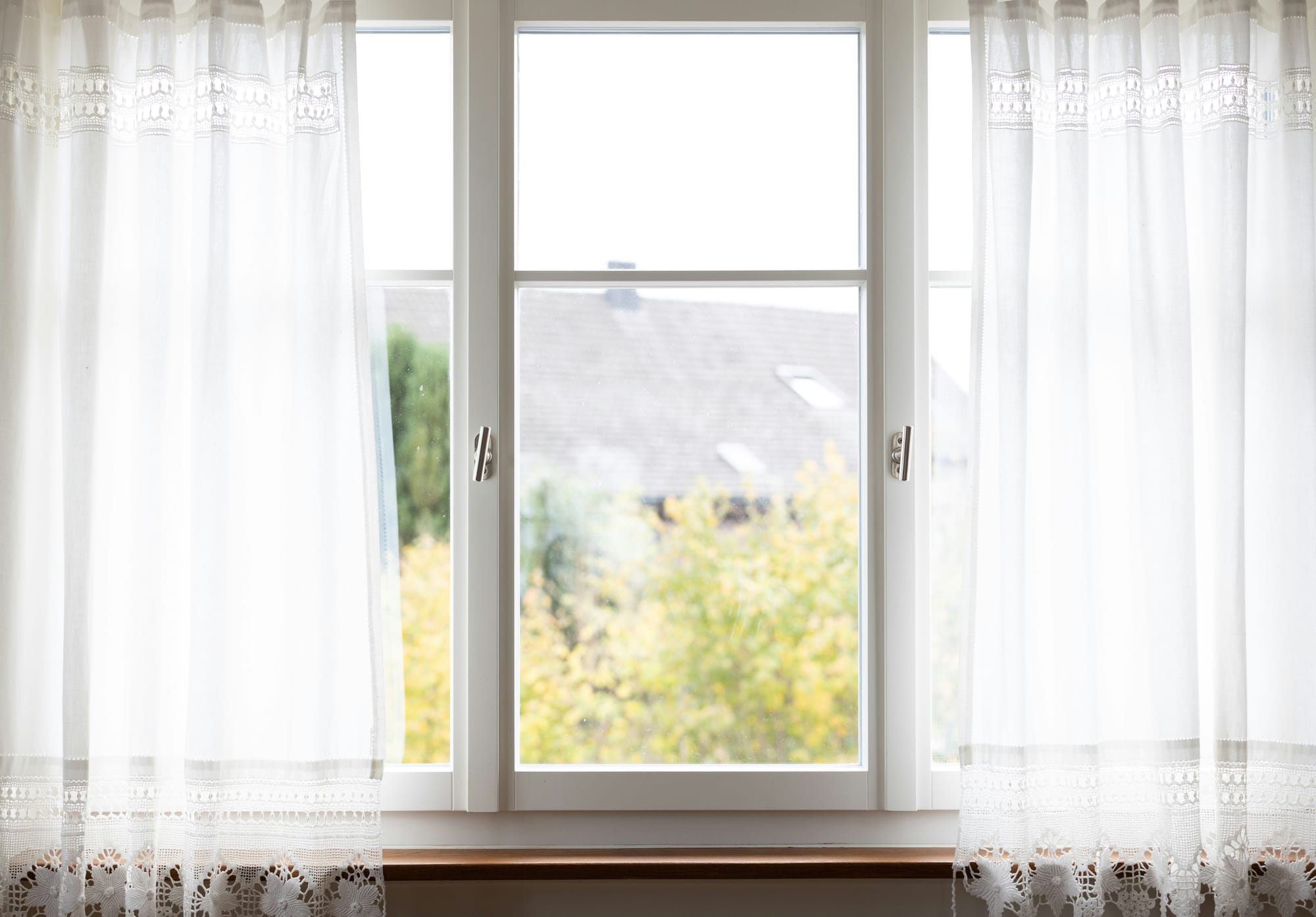
1. Low Windowsills: Hidden Babyproofing Areas
When it comes to babyproofing, sometimes even the most vigilant parents overlook low windowsills. These often unnoticed babyproofing spots can quickly become a fascination for little adventurers. While a curious toddler might see them as platforms for exploration, they are, in reality, potential hazards. According to the American Academy of Pediatrics, window screens are not sufficient to prevent falls, as they are designed to keep insects out, not children in. Installing window guards or stops is a strategic babyproofing tip that can significantly enhance safety. These handy devices allow windows to open no more than four inches, preventing any untimely escapes that might otherwise end in a parental heart attack—or a toddler-sized jailbreak.
To address this overlooked child safety spot, consider these childproofing essentials:
- Window Guards: Securely attach these to your windowsills to block any child's attempt to open the window beyond a safe point. Honeywell's adjustable guards are a popular option, receiving high marks from parents for their ease of installation and sturdy build.
- Window Stops: These are perfect for parents looking for a more temporary solution. They can be attached through a pressure mechanism and adjusted as needed. They're the perfect rescue for a parent in need of a quick fix!
- Furniture Placement: Even our best efforts can be thwarted by a strategically placed couch or bookshelf. Ensure that furniture is not positioned near windows where children might be tempted to climb.
"The only way to child-proof your house is to live in a bubble. But for those who prefer windows, there are always window guards." – Anonymous
By tackling this babyproofing under-the-radar challenge, parents can prevent accidents and enjoy peace of mind, knowing their little ones are safe. Remember, babyproofing is not just about securing the obvious; it's about envisioning the world through your toddler’s curious eyes.

2. Underneath the Sink: Babyproofing Forgotten Places
Ah, the mysterious realm beneath the kitchen sink—truly one of the babyproofing blind spots that often gets neglected. This area plays host to the bustling symphony of sponges, scrubs, and most notably, cleaning agents that can look like a colorful poison buffet to inquisitive young minds. According to a 2021 study by the American Association of Poison Control Centers, over 41,000 cases of accidental poisonings in children involved household cleaning products.[1]
So, how do we tackle this commonly overlooked hazard? The remedy is relatively straightforward: install effective cabinet locks to transform this haven of hazards into an unconquerable fortress. Let's be real, if the NSA can keep hackers out with firewalls, the least we can do is keep tiny hands away using trusty childproof locks. This not only deters little explorers but provides you with peace of mind without interfering with your daily kitchen shenanigans.
For those opting for the Jimmy Bond approach, there are even magnetic locks that offer both stealth and effectiveness. When fastened, these can give parents the satisfaction of knowing the cleaning hinterland is nestled under lock and key. Need I say more? "Safety first, the recipe for a happy baby," as any sage parent might advise.
“Safety isn't expensive, it's priceless.” - Author Unknown
Incorporating the right critical babyproofing techniques can transform babyproofing from an occasional chore to a success story of parental vigilance and care, meaning fewer household poisonings and far happier playtimes. Let’s face it, safeguarding this underappreciated babyproofing aspect is absolutely worth the investment.
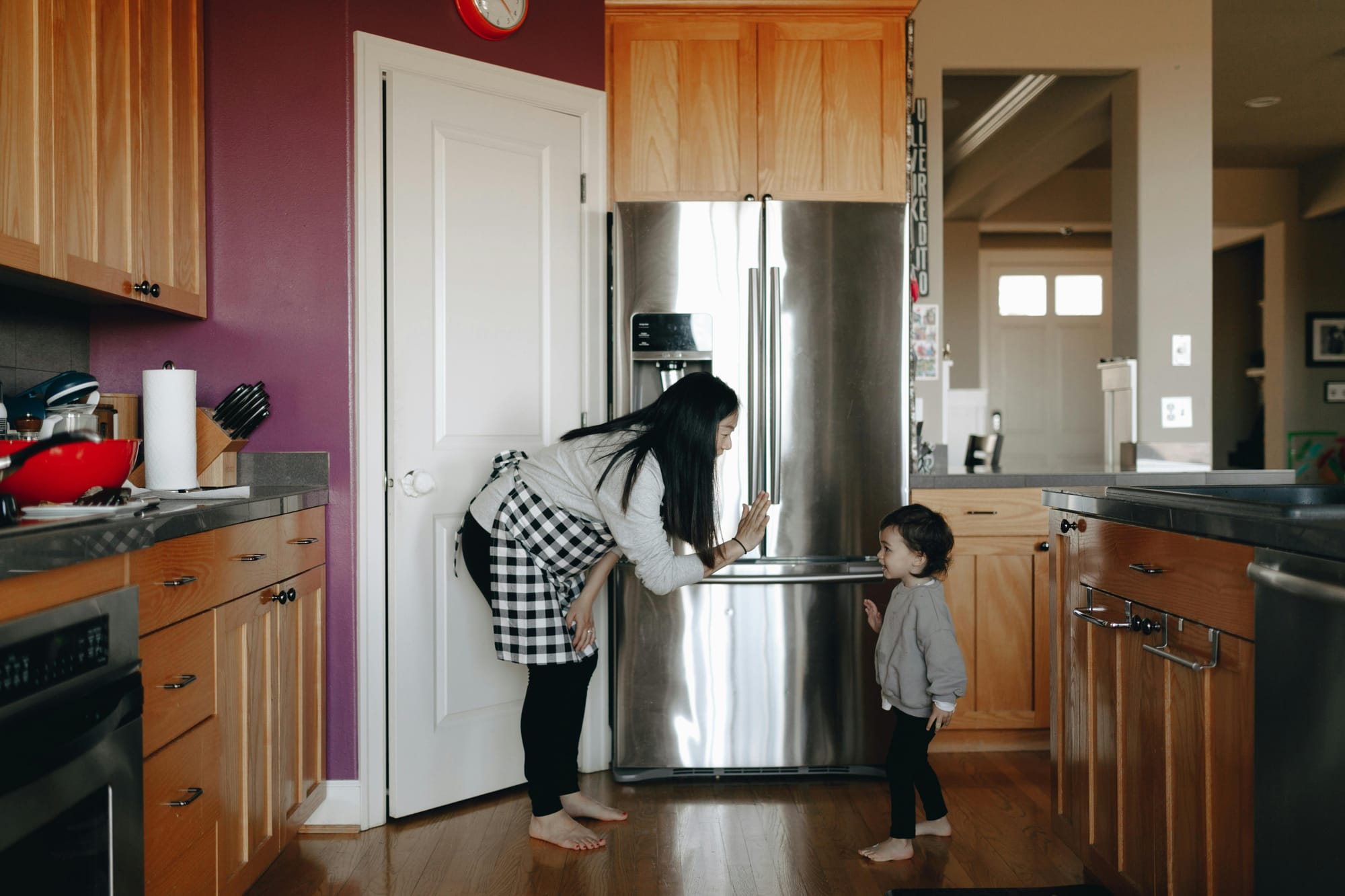
3. Refrigerator Door: Unexpected Babyproofing Hazards
In the quest to create a safe haven for your baby, the refrigerator door often registers as an unexpected babyproofing hazard. Believe it or not, this chilly chamber can pose some cool but unforeseen risks. Picture this: You’ve just settled down after a long day of managing toddler tornadoes when suddenly, you hear the unmistakable sound of the refrigerator door. Little hands have managed to infiltrate the fortress! The refrigerator, a common but crucial overlooked babyproofing location, can be a curious child's gateway to a world of trouble—which is why using appliance locks is an essential babyproofing precaution here. Not only do these clever contraptions prevent little explorers from opening the door, but they also ensure that your latest masterpiece from the farmer's market veggie section isn't turned into an abstract art project.
Statistics show that furniture and appliances are involved in furniture-tipping accidents, which can lead to severe injuries. A study by the U.S. Consumer Product Safety Commission reveals that from 2018 to 2020, an average of 9,100 children under the age of five were treated in emergency rooms annually due to furniture and appliance-related incidents. While refrigerators don't typically tip over like dressers, an open door can expose your child to items that should remain out of reach.
In addition to locks, maintaining an organized refrigerator is another layer of protection. Ensuring hazardous items such as cleaning products, bottles of glass, or sharp objects are placed out of a child's reach—even in a closed fridge—doubles the security. Sometimes it pays to outsmart both your toddler and gravity!
"To be a part of their growing curiosity is truly joyful… until they decide to investigate the refrigerator," says parenting expert Dr. Elisa Donovan. This snippet of wisdom encapsulates the necessity of this often skipped babyproofing task.
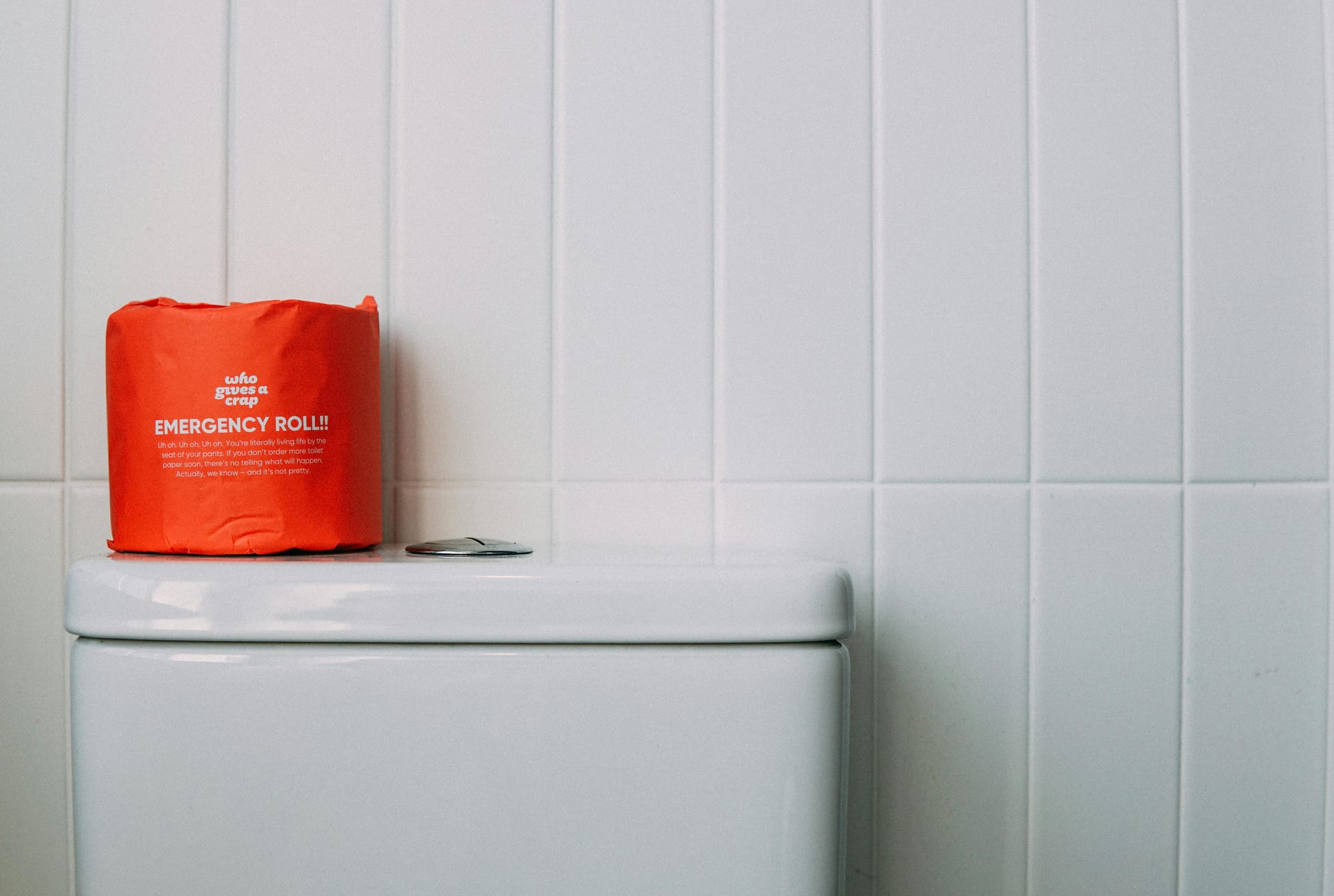
4. The Back of the Toilet: Unnoticed Babyproofing Spots
When it comes to babyproofing, the bathroom often masquerades as a minefield of unexpected babyproofing hazards. Take a look at the back of the toilet, one of those unnoticed babyproofing spots that's easy to overlook but brimming with potential risks. As innocent as it may seem, the top of your toilet tank can quickly become a treasure trove for curious little explorers. From toilet paper rolls to cleaning products, children are drawn like magnets to these seemingly mundane items. Studies by the National Institute for Child Health and Human Development suggest that children under the age of four can make a successful 'grab-and-topple' attempt in under ten seconds, emphasizing the need for immediate preventive measures.
To counteract this, consider these effective overlooked babyproofing solutions:
- Utilize safety straps to secure any loose items.
- Move all toiletries and potentially dangerous products completely out of reach, ideally into a locked cabinet.
- Install secure latches on the toilet tank lid if you're using it for storage.
Humorous but true, as the famous saying goes,
"The secret to creativity is knowing how to hide your sources... especially if they are on top of the toilet,"
babyproofing this obscure area can significantly reduce risks. These overlooked child safety spots demand attention not just to keep your child safe but also to ensure their blooming creativity doesn't originate from behind a toilet!
According to a 2020 report by the American Academy of Pediatrics, over 85% of infant injuries occurring at home are preventable with proper foresight and babyproofing strategies. Therefore, while deep in contemplation during your next bathroom break, remember that strategic babyproofing tips, even in the most mundane areas, can make your home a much safer place.
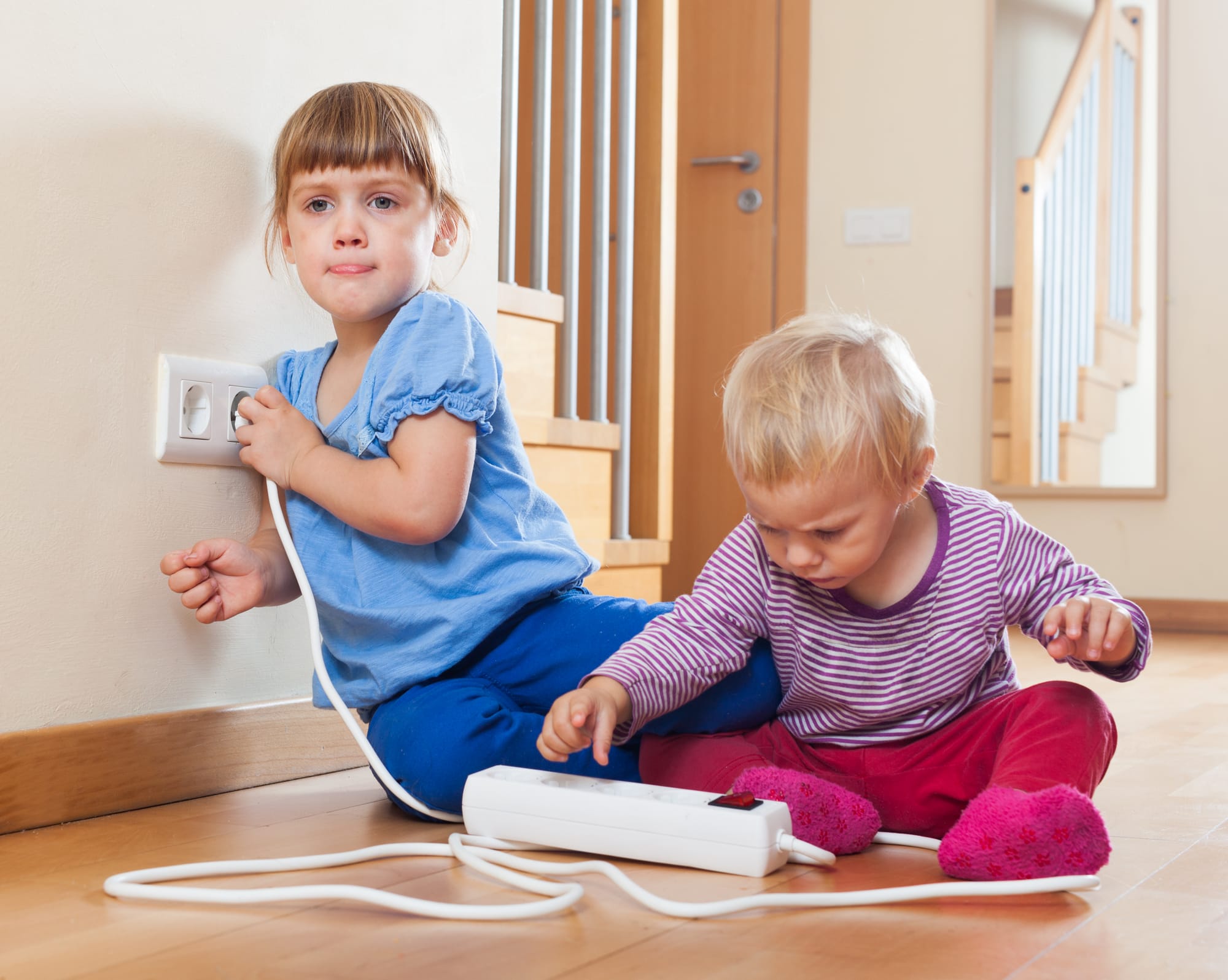
5. Electrical Cords: Babyproofing Blind Spots
When it comes to babyproofing, electrical cords are often overlooked child safety spots that parents tend to miss in their efforts to create a safe environment. According to the National Fire Protection Association (NFPA), electrical hazards are some of the most common causes of home injuries. Dangling cords, in particular, can catch your little one's eye, turning your living room into the ultimate tug-of-war arena—parents, 0; cords, 1.
So, how can you tackle these babyproofing blind spots? Enter the cord holders and covers—your new best friends. These underrated heroes keep cords organized and concealed, ensuring that they become as appealing to your baby as brussels sprouts. A creative example is using flexible cable containers to store and hide cords behind furniture, reducing the risk of accidents.
Additionally, consider placing furniture strategically to cover outlets and excess cords—an unexpected babyproofing necessity that also scores you some interior design creds! This strategic babyproofing tip not only elevates the safety level in your home but can earn you the super-parent badge everyone is secretly vying for. Remember what the experts say:
"Out of sight, out of mind"—applies both to lost socks and tempting electrical cords.
By addressing these frequently overlooked babyproofing areas, you're not just organizing your home; you're fortifying your fortress against potential perils!

6. Sliding Doors and Windows: Often Skipped Babyproofing
When it comes to babyproofing, sliding doors and windows are often the Houdini of baby safety overlooked spots. They’re unnoticed, unconsidered, and sometimes, shockingly easy for tiny hands to manipulate. Toddlers, with their innate curiosity, view glass sliders not as barriers, but as portals to adventure. Install slide locks to thwart their escape plans — it's an essential babyproofing precaution, especially if your child has a penchant for unsupervised exploration.
Why is this crucial? According to the CDC, falls are among the most common home accidents and open sliding windows or doors can become gateways to such incidents. By fitting slide locks, you not only keep your child safe from falls but also secure your home from unexpected exits (because your toddler breaking out of the house is only funny in the movies).
Here's what you can do to safeguard these often skipped babyproofing areas:
- Install adjustable slide locks: These are versatile and can accommodate various sliding door designs.
- Regularly check lock mechanisms: Ensure locks are functioning properly; toddlers are experts at finding weaknesses.
- Consider window stoppers: For windows, stoppers can prevent them from opening beyond a certain safe perimeter.
One satisfied parent humorously noted,
"Our sliding door lock now has the resilience of a bear trap; it gives us peace of mind and our toddler the (temporary) illusion of independence."
With these strategic babyproofing tips, you can transform sliding doors and windows from potential risks to guaranteed safety barriers, ensuring that your child’s great escape remains a scene in your favorite family movie—not a reality.
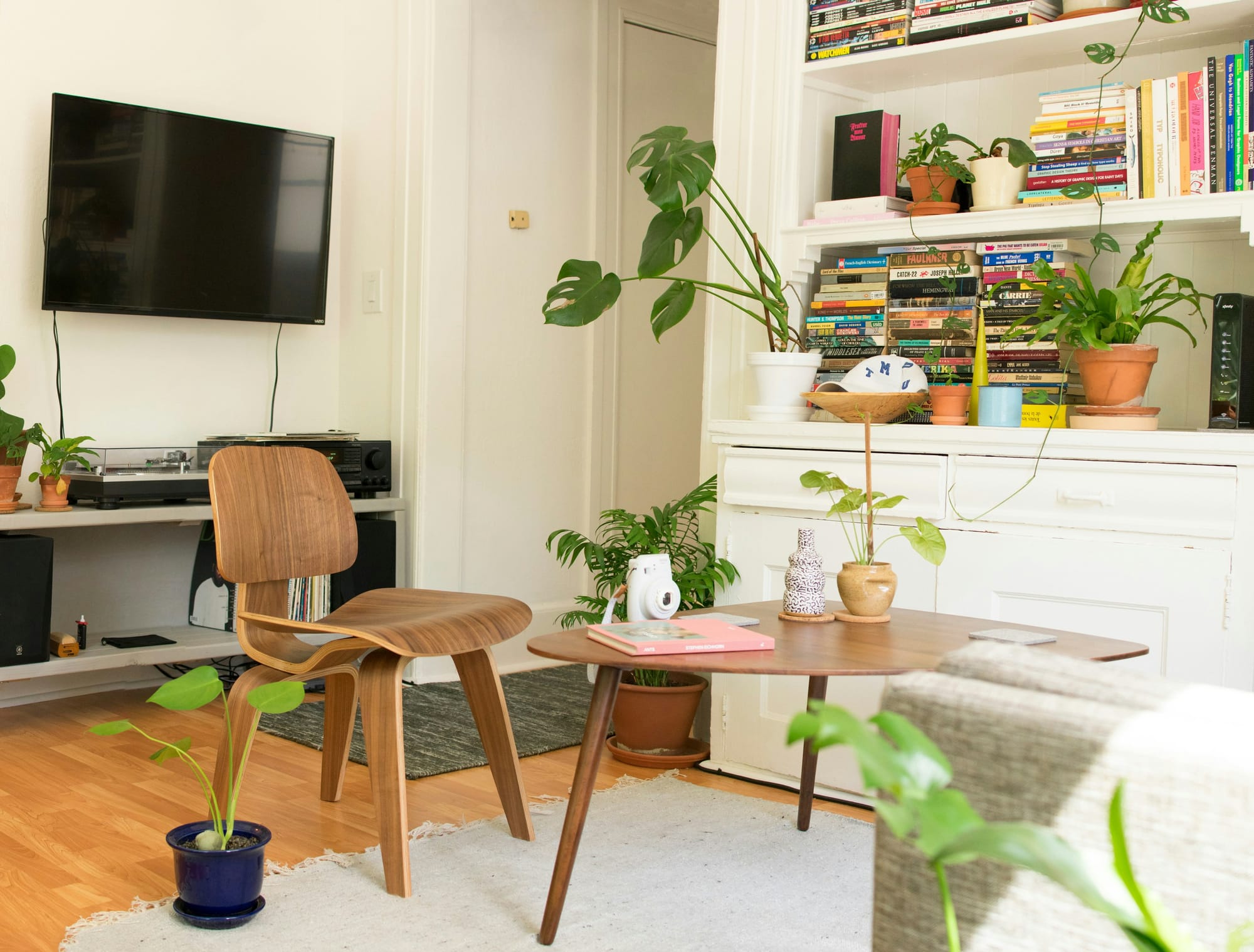
7. Houseplants: Babyproofing Safety Forget-Me-Nots
Ah, houseplants—the unsung heroes of Instagram backdrops and air purification. But when it comes to baby safety, these leafy friends can be unexpected babyproofing hazards. Many houseplants are toxic if ingested, which is something a curious toddler with a penchant for tasting anything (and everything) might discover the hard way. According to the National Capital Poison Center, common houseplants like dieffenbachia, philodendron, and peace lilies can be particularly poisonous if chewed on, causing symptoms that range from mild irritation to more severe poisoning. [source]
So, what’s a plant-loving parent to do? Firstly, elevate those botanical beauties. Place your plants on high shelves or install hanging planters well out of reach of tiny hands. If you’re one of those parents thinking, “Oh, my child would never...,” then you may want to remember that toddlers are essentially pint-sized ninjas with no regard for gravity or your 'favorite' peace lily. As a more secure alternative, consider opting for non-toxic plant varieties like spider plants and Boston ferns, which are both visually appealing and kid-proof.
A sprinkling of humor lightens the mood but the core message remains—as lush and green as they make our homes, houseplants should be part of our essential babyproofing precautions. Just because those leafy greens are silently purifying the air doesn't mean they're not plotting your toddler's next interesting runny tummy episode.
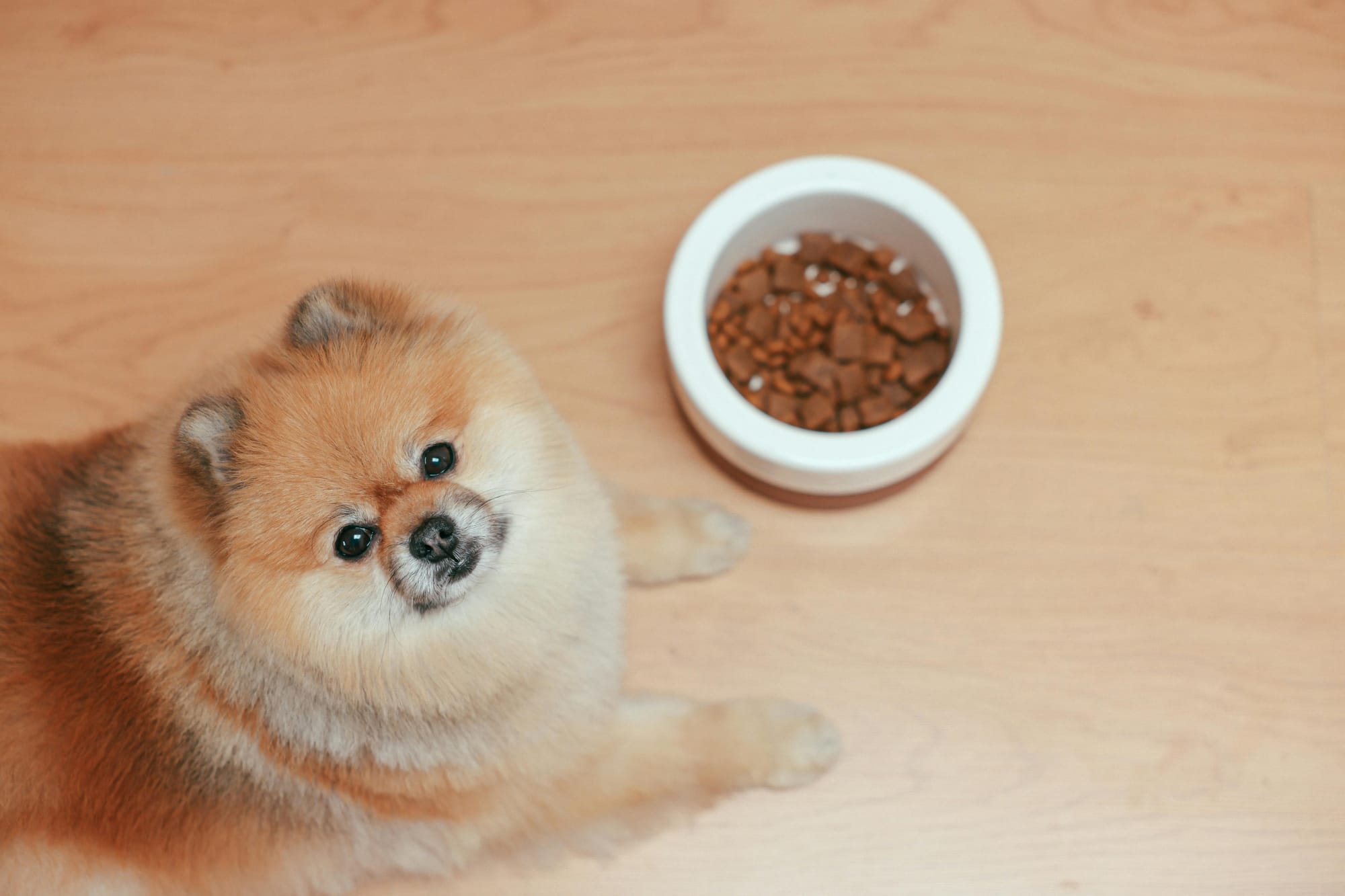
8. Pet Food Areas: Unconsidered Babyproofing Areas
Pet food areas, despite their importance, often fall into the category of unconsidered babyproofing areas. The colorful kibble pellets might seem like the perfect snack for an adventurous toddler, but they can quickly become a choking hazard. According to the American Academy of Pediatrics, choking is one of the leading causes of injury in children, highlighting the need to paw-sitively secure these spots (AAP). Furthermore, the pristine portrayal of pureed pet meals might not spare your child from potential allergens they could face while guzzling down Fido’s dinner.
To combat this, consider these uncommon babyproofing tips:
- Elevate the Feeding Zone: Place pet bowls on elevated platforms that are out of your child’s reach—it’s a win-win; the cat stays fed, and your child stays safe.
- Designate Off-Limit Areas: A simple baby gate or door can make a world of difference, ensuring that Fluffy’s corner remains a private dining suite.
- Closely Supervise: Teaching your child that pet areas are a no-go zone can be as effective as it is adorable. A little assertive supervision goes a long way and also develops your little one’s understanding of boundaries.
In the words of pet expert Franklin D. Dog-Kelsey,
"Securing your pet's dining area is as essential as babyproofing the stairways. Unsupervised access to pet food dishes might teach your toddler the art of eating like a pup, which is neither desired nor advisable."
Taking these precautions not only ensures that your pet’s dinnertime remains undisturbed but also keeps your human offspring out of sticky (or rather slobbery) situations. For more strategic babyproofing tips, think of areas that are often skipped and add them to your babyproofing checklist uncommon to many but critical to others.
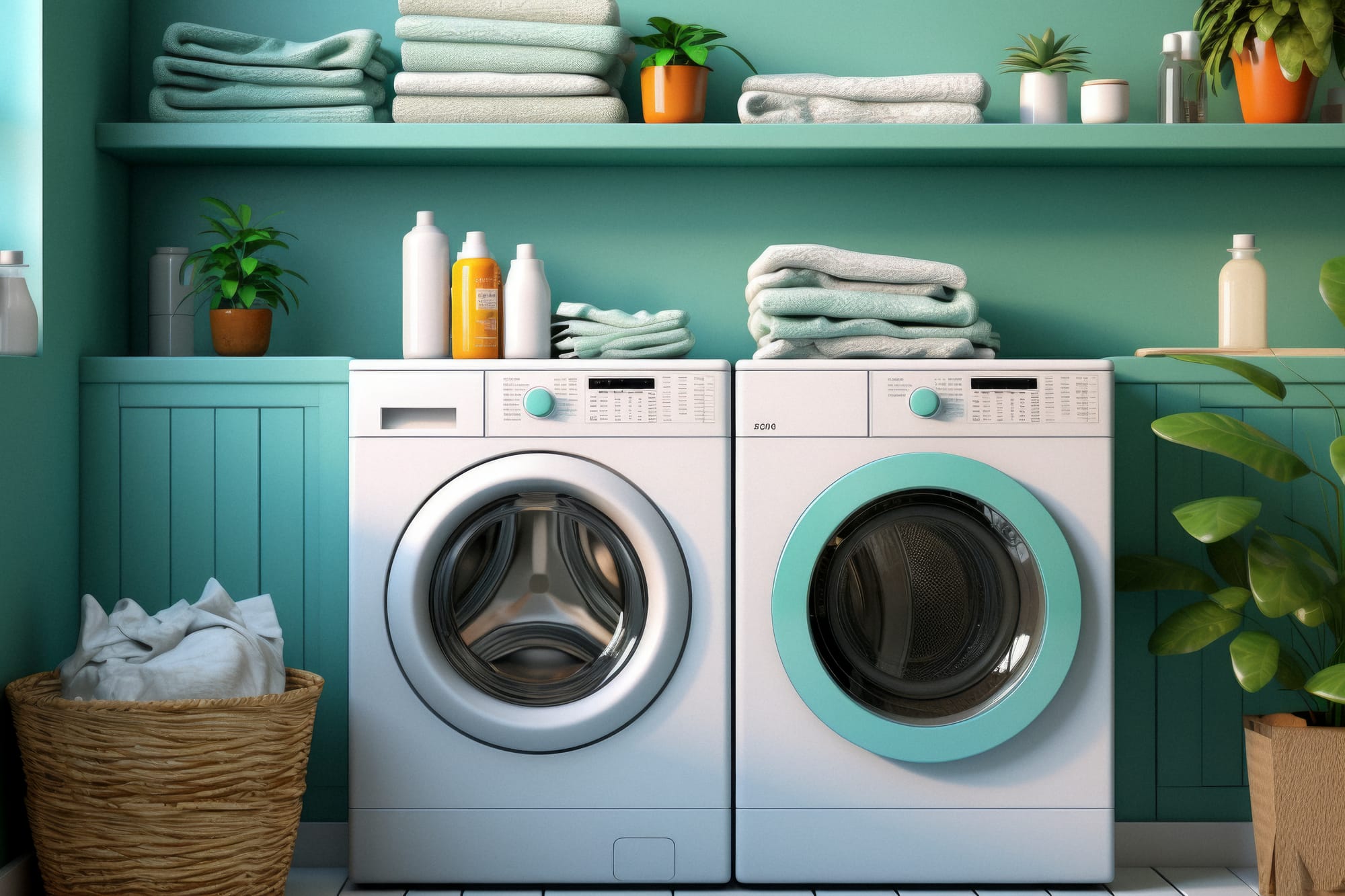
9. Laundry Room: Frequently Overlooked Babyproofing
Ah, the laundry room—a place where fresh-smelling magic happens! However, it’s also on the list of baby safety overlooked spots due to an array of unexpected babyproofing hazards just waiting for your tiny explorer. Did you know that laundry detergent pods were responsible for nearly 10,000 reports of child exposure in 2017 alone, according to the American Association of Poison Control Centers? Those vibrantly colored pods might look like candy to a toddler, but the risks are anything but sweet. To tackle this frequently overlooked babyproofing area, start by securing all detergent containers and cleaning supplies with childproof locks. This isn’t merely an uncommon babyproofing tip but a critical safety measure.
"The laundry room is like the Bermuda Triangle of the house for curious toddlers. You never know what treacherous ‘adventure’ they might stumble into if it isn't babyproofed properly," says child safety expert and author, Lisa Mills.
Another concern in this lesser-known babyproofing area is the moving parts of appliances. Front-loading washing machines and dryers often feature doors at a toddler-friendly height, prompting an urgent need for easy-to-miss babyproofing. Consider using appliance locks to prevent your child from opening the doors and potentially crawling inside. Furthermore, always supervise their access to this area. It's one of those common babyproofing oversights you don't want to realize after the fact.
While securing babyproofing safety gaps, don't forget to inspect the laundry area for dangling cords from iron boards and hanging clothes. These can be attractive but dangerous playthings, making cord wind-ups and overhead storage a couple of strategic babyproofing tips to implement. Remember, turning a blind eye to these babyproofing blind spots could turn an ordinary day into a laundry list of regrets.
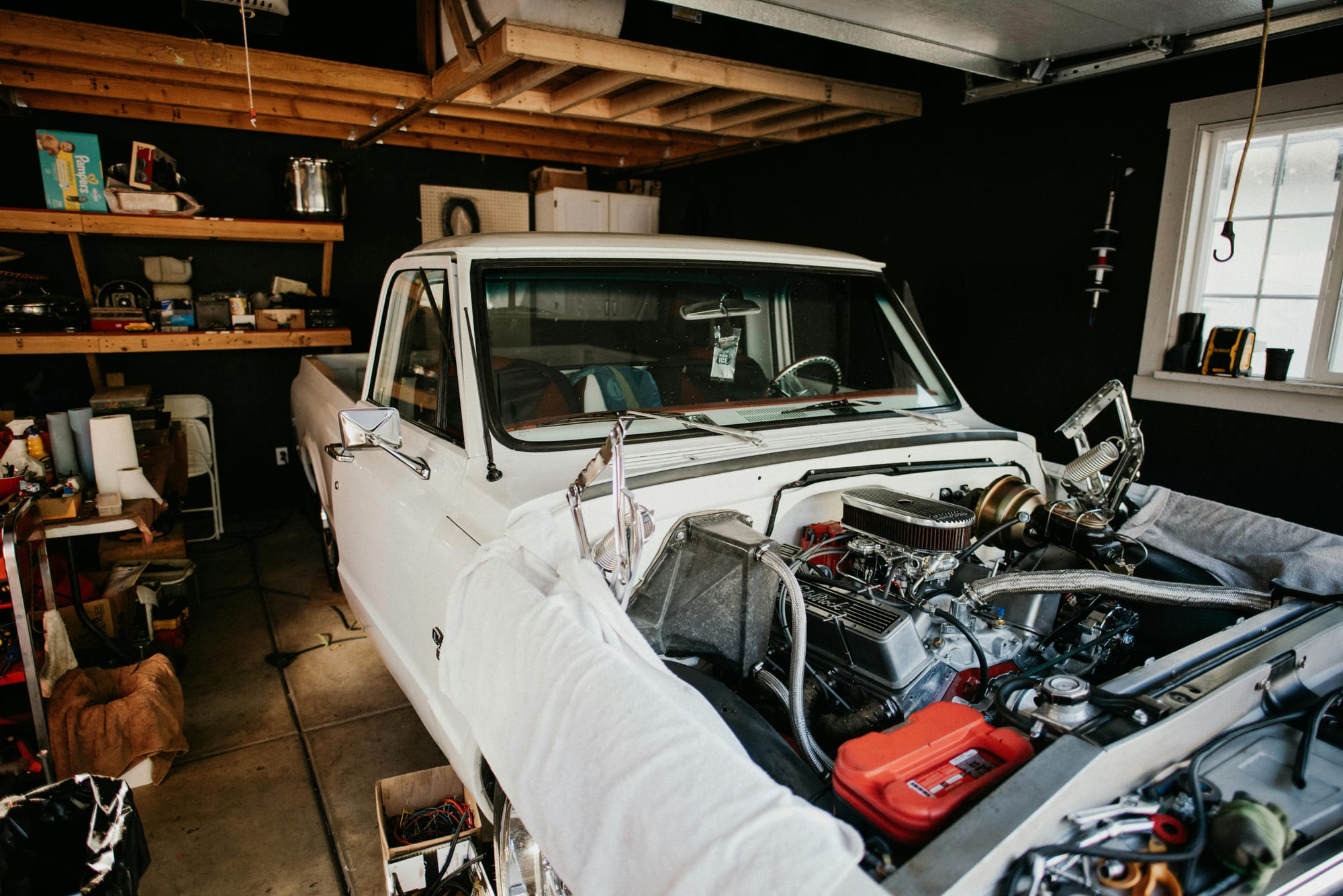
10. Garage Entry Points: Lesser-Known Babyproofing Areas
The garage, often a parent’s bastion of DIY projects and storage, can stealthily transform into a hotbed of unexpected babyproofing hazards. It's not just a place where you might find forgotten Christmas decorations; it's a realm filled with sharp tools, potent chemicals, and heavy equipment—essentially a no-toddler zone if ever there was one. According to a study by the Consumer Product Safety Commission, more than 2,000 children are injured each year in incidents involving garage doors alone. That’s not even scratching the surface when it comes to the myriad of other unnoticed babyproofing spots lurking in your garage.
To protect your little explorer from these dangers, consider implementing some easy-to-miss babyproofing tactics that offer a robust line of defense. First, install childproof locks or safety gates at garage entry points to prevent roaming toddlers from wandering into danger zones. These tools serve as the frontline defense, much like the moat around a medieval castle. No guarantees about dragons and knights, but your baby will be safer, at least.
Next, consider organizing the garage so that hazardous items such as fertilizers, paints, or car maintenance chemicals, are stored high and out of reach or, better yet, locked away. A simple shelving unit with lockable cabinets can make all the difference. For those of us who weren’t born with organizational prowess, remember: high shelves are your friend. Throw in clever labels for an added layer of safety—and, let’s be real, so you can finally find that thingamajig when you need it.
"An ounce of prevention is worth a pound of cure," said Benjamin Franklin—an apt reminder when it comes to safeguarding our children against unforeseen babyproofing needs in places like our garages.
By proactively addressing these underrecognized babyproofing areas, you can transform your garage from a danger zone into a baby-safe haven—albeit one with more monkey wrenches than monkey bars.
In conclusion, while the obvious areas receive attention when babyproofing, these overlooked child safety spots could pose significant risks. By addressing the top 10 overlooked areas for babyproofing, you can create a safer environment for your child. Continually assess your home for potential hazards, as vigilance is key in maintaining safety as your child grows and explores.
